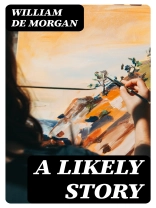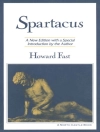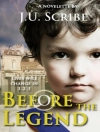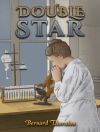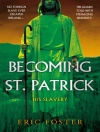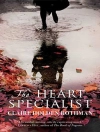In ‘A Likely Story, ‘ William De Morgan weaves a narrative that explores the intricate interplay of love, loyalty, and social norms within Victorian society. Employing a witty and satirical literary style, De Morgan delves deep into the complexities of human relationships, presenting characters that are vividly drawn and profoundly relatable. The novel’s narrative is imbued with sharp dialogues and a keen observational lens, encapsulating the tensions and moral dilemmas of an era ...
Mengenai Pengarang
William Frend De Morgan (1839–1917) was an eminent English potter, tile designer, and novelist, inclusive of noteworthy contributions to the Arts and Crafts Movem...
Beli ebook ini dan dapatkan 1 lagi PERCUMA!
Bahasa Inggeris ● Format EPUB ● Halaman-halaman 202 ● ISBN 8596547103417 ● Saiz fail 0.6 MB ● Penerbit DigiCat ● Bandar raya Prague ● Negara CZ ● Diterbitkan 2022 ● Muat turun 24 bulan ● Mata wang EUR ● ID 8475098 ● Salin perlindungan Social DRM
